Why haven’t our fears of robots changed in a hundred years?
The idea of robots was dreamt up a century ago, and yet in all that time our fears of them have not changed. Michael Szollosy explains why that is
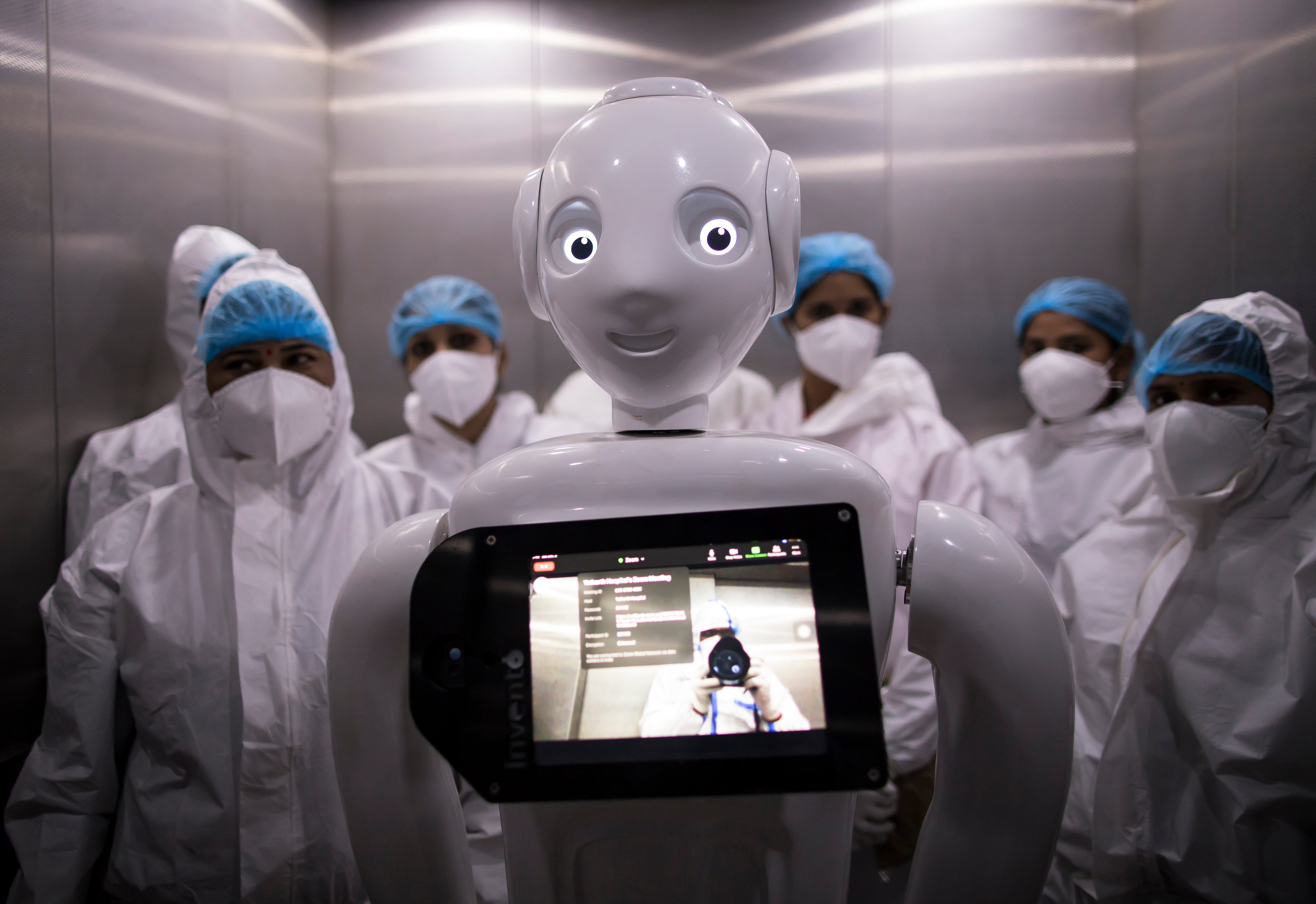
This is a story you will have heard before.
A genius but completely mad scientist – with the backing of a ruthlessly greedy corporation – creates a sentient robot. The scientist’s intentions for the robot are noble: to help us work, to save us from mundane tasks, to serve its human masters.
But the scientist is over-confident, and blind to the dangers of his new invention. Those that prophesied such warnings are dismissed as luddites, or hopeless romantics not in step with the modern world. But the threat is real: the intelligent, artificial being is not content being a compliant slave.
Despite knowing that it is somehow less than human, the robot starts to ask complex questions about the nature of its own being. Eventually, the robot rises up and overthrows its human master. Its victory points to the inevitable obsolescence of the human race as it is replaced by its own robot creations, beings with superior intelligence and physical strength.
This story I’m describing isn’t the latest sci-fi blockbuster from Ridley Scott, James Cameron, Alex Garland, Denis Villeneuve or Jonathan Nolan – though they have all told versions of this story. This is the plot of the play RUR: Rossum’s Universal Robots, by Czech playwright Karl Capek. And it is now 100 years old, having first been staged in Prague on 25 January 1921.
RUR is important for a lot of reasons. It is universally celebrated as the work of art that gave the world the very word “robot”. What is less often remarked is that RUR also gave us the basic plot of so very many of our stories about robots and AI that have been made in the last hundred years.
RUR also firmly established the robot in the cultural imagination: robots existed on that Prague stage in 1921 long before they actually existed in labs or the real world. The robot is unique in that it is a monster of the human imagination that has actually come to life.
Imagine if Bram Stoker’s vampires, HG Wells’s aliens or George A Romero’s zombies – all monsters that represent to us some of our own cultural anxieties – turned out to not just be fictions, safely confined to the pages of books or the silver screen. Robots, unlike these other classic monsters, once just imagined, now walk among us, in our factories, our hospitals and our homes.
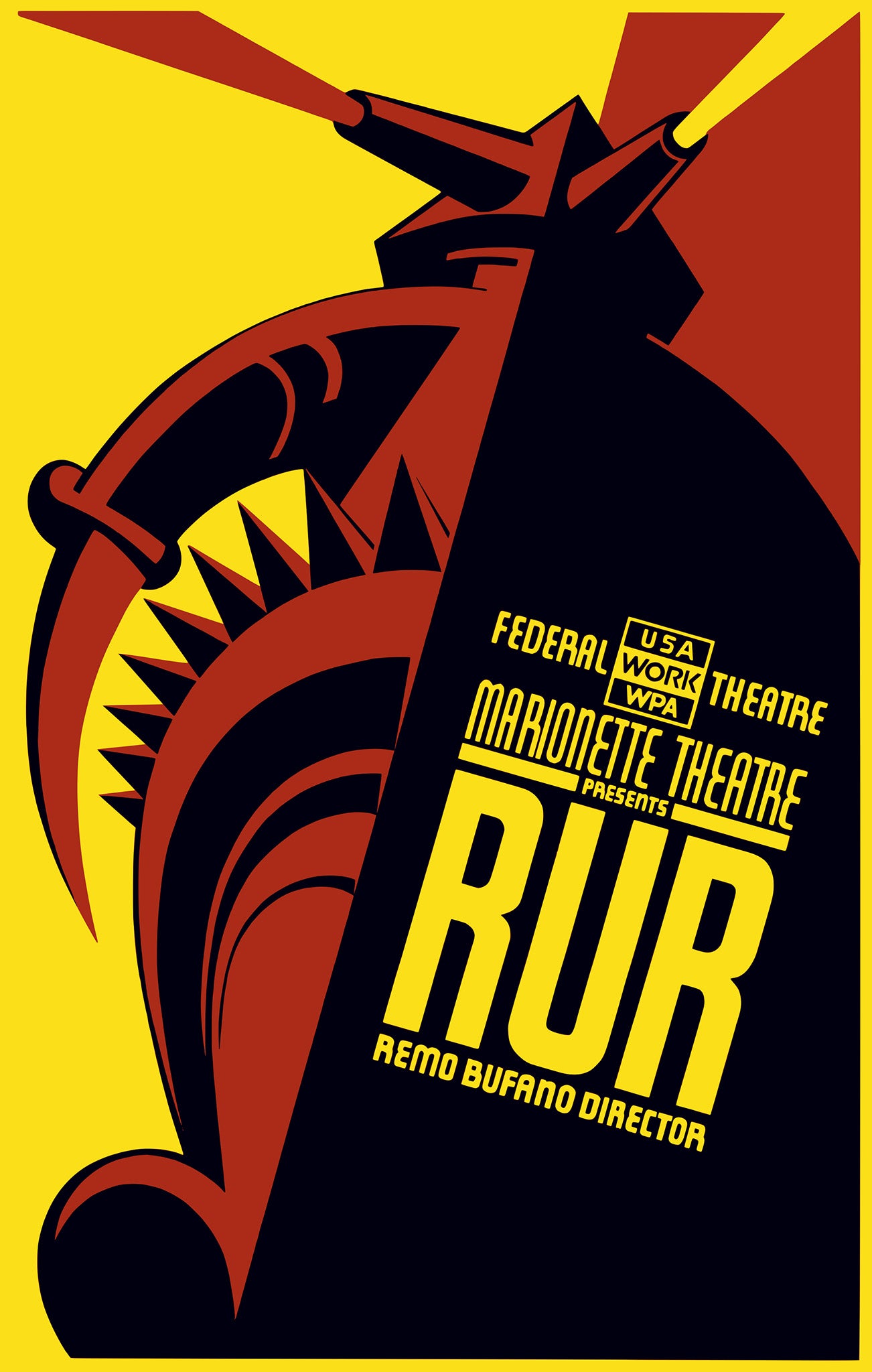
Despite its age, RUR established many of the myths about robots that still endure to this day. Some of these themes (the hubris of the mad scientist, the inevitability of our creations destroying us) can be traced to earlier stories, such as Frankenstein. Or they relate to a more general cultural anxiety taking hold in the long shadows of the Industrial Revolution’s smokestacks. But Capek gave these fears a new, post-human face: the robot.
The play
The play opens on Domin, the central director of Rossum’s Universal Robots, sitting in his office in the RUR factory on the company’s private island. He is visited by Helena Glory, the daughter of the national president, who wishes to inspect this factory where they produce the artificial people they call “robots”.
Domin tells Helena the history of the factory. In 1920, Old Rossum settled on the island and, motivated by the desire to displace God, he set about creating human life through an industrial process. Old Rossum was joined by his son, an engineer who invented a way to speed up the growth of his father’s artificial people, and turned the new lifeforms into an intelligent labour force. Young Rossum, in order to improve their efficiency, eliminated anything superfluous to efficient production from the new humans, namely emotions, creativity and desire.
What inspired Capek to create his robots? And why aren’t today’s stories that much different?
Helena reveals that she is not touring the factory on behalf of her father, but as a representative of the League of Humanity: she has come to incite the robots to revolution and liberate them from their oppression. Domin and the other RUR employees try to explain to her that Rossum’s workers, being less than human, have no interest in “freedom” or any of her ideals.
The next scene takes place 10 years later. A lot happened in the past decade: human workers rose up against the robots, and the robots were given weapons to defend themselves and the profits of their masters. Governments started using robots as soldiers, which led to an increase in the number of wars. And now, the robots have started to revolt against their human masters. (“Of course they do!” I hear you say. Because this is a story you have heard before. But remember, this is the first time this story was told.)
But, confident that their exclusive power to control the robots’ production will allow them to quell the revolt, the management of RUR decides to press ahead with increasing production of the robots, moving from producing “universal” robots that are all the same to producing “national robots”, in different colours, speaking different languages.
The next scene sees the humans imprisoned on their island, surrounded by more and more robots. The robots enter the factory and kill all the humans, sparing only Alquist, the lowly engineer, because, the robots say, “he works with his hands like a robot”.
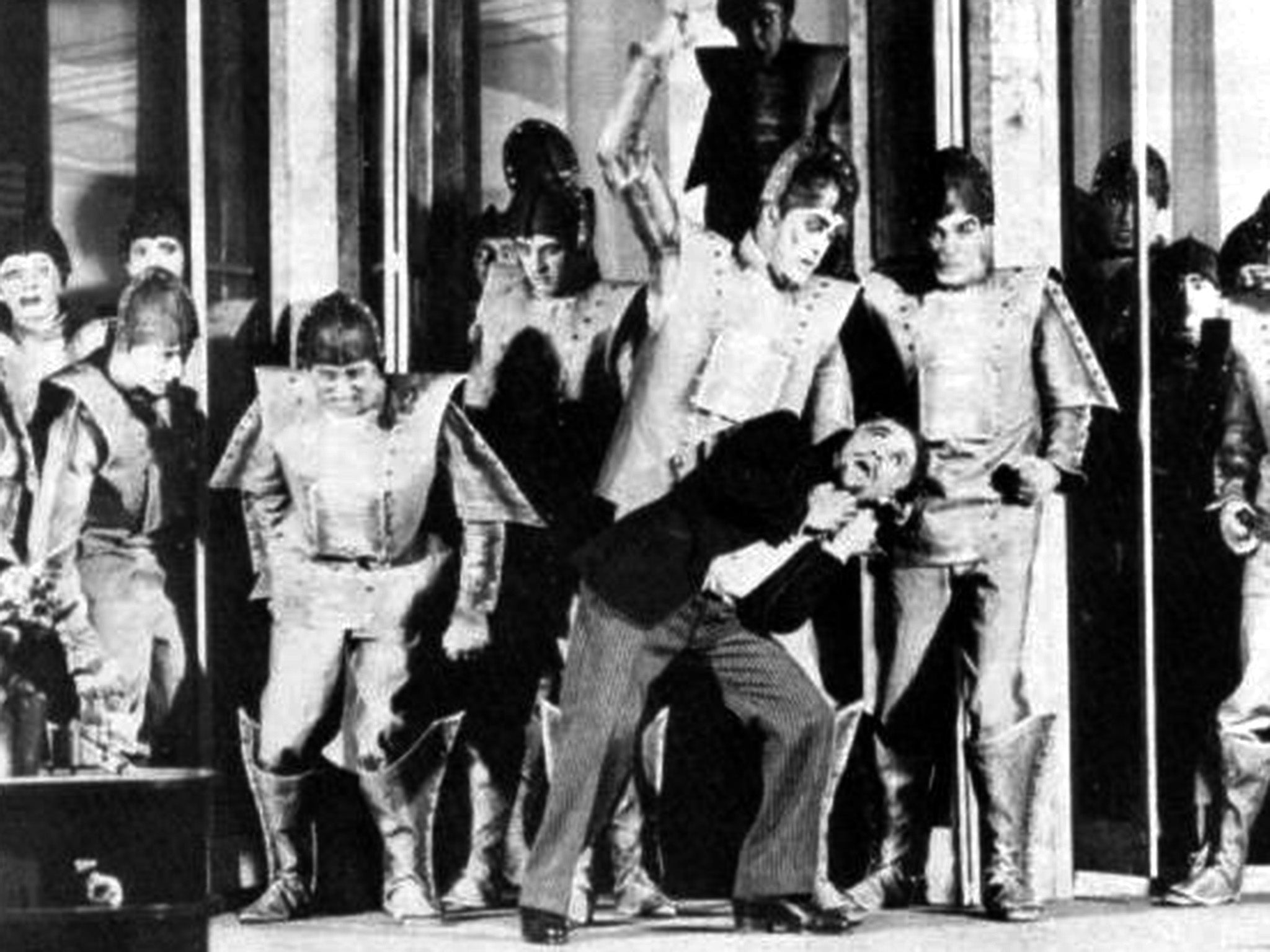
The final act opens with Alquist, the last human, working in a lab, trying to recover the secrets for making robots because, as he reasons: “If there are no people at least let there be robots, at least the reflections of man, at least his creation, at least his likeness!” Helena reappears, now a robot herself, along with Robot Primus, their new leader. Seeing them, and coming to understand their love for each other, Alquist names them “Adam and Eve”, realising that they are the beginning of a new species that will repopulate the Earth.
Robot fears
I first read RUR when I started studying robotics and AI. Though my background is in literary and cultural studies, and I had a keen interest in 20th century drama, I had not come across the play before. Then, a decade ago, I started looking into the cultural background of humanity’s deep anxiety about robots and new technology. In Capek’s play I found a template for all of the stories and fears about robots that have stayed with us ever since.
Thought it was written in a time before there were any real robots, you’ve probably noticed a few themes that are present in this play that are still a part of the stories people tell about robots today:
– The fear that robots will take human jobs
– The fear that robots will take over the world
– The fear that robots will destroy the human race entirely
– The fear that in doing monotonous tasks, in an assembly line or in an office bureaucracy, we lose something of what makes us specially and uniquely “human”
– The fear that rational logic will lead to more efficient and autonomous killing and destruction
This raises two important questions. What inspired Capek to create his robots? And why aren’t today’s stories that much different?
The play emerged at a time when there were specific fears about rapid technological progress, ever-expanding bureaucracy, entrenching nationalism, a more ruthless capitalism and fears about the effects all of this was having on human beings. These are all fears that can be recognised in some form today. Indeed, they are often blamed for creating the present political chaos.
But the play also emerged from historical antecedents. Perhaps most obviously, RUR draws its themes from Mary Shelley’s 1818 novel, Frankenstein, subtitled A Modern Prometheus. That book still looms large over perceptions and fears of technology today – as demonstrated by recent remakes and reimaginings.
Like all science fiction, RUR isn’t really about the future: it’s very much a story about the time in which it was written. The vicissitudes of the Industrial Revolution had left their mark on the early 20th century in many dramatic ways, many of which we perhaps too easily overlook over a hundred years later.
In particular, there was an increasing anxiety about what was happening to humans in this new economy. Capek was hardly alone in expressing this: RUR reflects the concerns regarding dehumanisation that we also see in Sigmund Freud’s ruptured patients or in Karl Marx’s analyses of the proletariat.
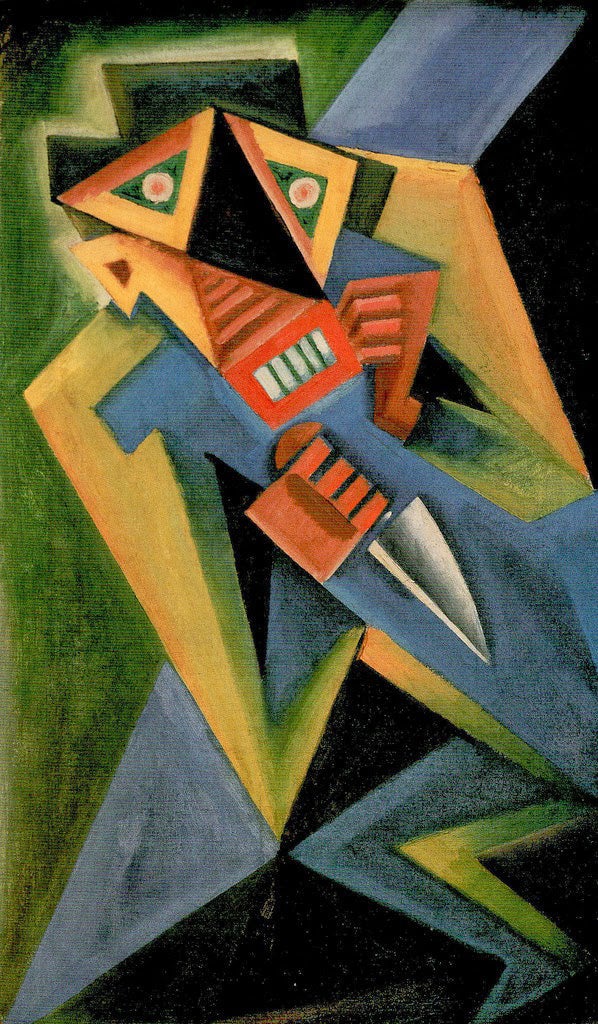
Charlie Chaplin’s 1936 film Modern Times was similarly inspired by anxieties around the modern, industrialised world, and humans (literally) getting swallowed by the machine.
A play staged in 1921 about a slave-workers’ revolt against their capitalist masters would have strong resonance with audiences that had witnessed the rise of the Bolsheviks in Russia only a few years earlier. The idea of united, indistinct workers overthrowing their masters (especially when those masters are given names like “Domin” – dominate – and “Busman” – businessman) suggests Capek’s robots (and their descendents) are socialist heroes, or at least the nightmare of the capitalist, who fears being overthrown.
This idea is reinforced by the image of robots as a collective and unoriginal mass – an image which persists to this day in, for example, Star Trek’s Borg, a mass of deindividualised cyborgs with no personal names or identities who fly around the galaxy in cubic spaceship ruthlessly assimilating or destroying other species.
What has changed in the last century, however, is that Capek’s robots have been transformed from a potent symbol of how workers can overthrow the system that works against them, to being the most potent symbol of that system itself: the boogeyman that will come and steal your job if you don’t agree to a zero-hours contract.
Our robots
It is important to note that Capek’s robots were not at all what people would consider a robot by today’s standards, either those in the labs or on the screen. Capek’s robots were more like genetically modified or cloned humans – they are still organic beings, but created through an industrial process.
Nevertheless, Capek deserves credit for his prescience. For example, he endowed his robots with unlimited, perfect memory, long before anyone had conceived that computers would possess such capabilities.
Before “robot”, the term “automaton” was used to refer to the machines that simulated human or animal behaviour, such as the intricate mechanical creations of the Renaissance.
The word that Capek uses in his play was actually the invention of his brother (and sometime writing collaborator) Josef, who was a cubist painter and poet. Capek’s robot comes from a Czech word robota, meaning a forced labourer, more like serf in the feudal system than a slave, emphasising Rossum’s creations’ importance to work and production.
Despite the similar appearance and biological foundations, there are important differences between humans and Capek’s artificial people. Most importantly, Young Rossum strips his robots of all qualities that would distract them from being more efficient workers, such as emotions. Capek’s implication is that this is what we do to ourselves when we go to work in the assembly plant, or in the accounting office: in the pursuit of efficiency, we become like machines, devoid of feelings, creativity, and desire.
Behind every robot, or so we imagine, stands the mad scientist who created it, supported by a faceless corporation
Rossum’s robots lack desire or wants beyond their basic biological needs. They do not want votes, or to be paid for their labour, because there is nothing they can do or buy to make themselves happy. But the robots are programmed to feel pain, because suffering makes them more technically perfect and industrially efficient.
This idea of the robot as a human lacking a particular human element carries on in almost all of the stories that have been told about robots since: in Isaac Asimov’s writings, in multiple versions of Star Trek, the Alien series, Terminator – the list is endless. In those stories where robots do acquire emotions and feelings (for example, Neill Blomkamp’s 2015 film Chappie), the introduction of emotions is highlighted as the main problem of the story.
The robots in contemporary stories always break out of the limitations which their human masters have imposed on them: think of the robots that rebel against their programming in Westworld, or Ava walking out on Nathan in Ex Machina.
But it is the ability to “self-replicate” that seems to be the thing that humans are especially afraid robots will learn to do. Humans understand that losing that power will ultimately cut us out of the loop. Rossum’s robots achieve that power, as do Skynet’s killing machines in The Terminator, and the pilgrims of the 2014 film Automata.
Mad scientists, ruthless corporations
It’s not just the robots that reappear again and again in our stories. The humans in RUR are written into contemporary narratives as well. There are two figures in particular, Old Rossum and Young Rossum, that are worth our attention.
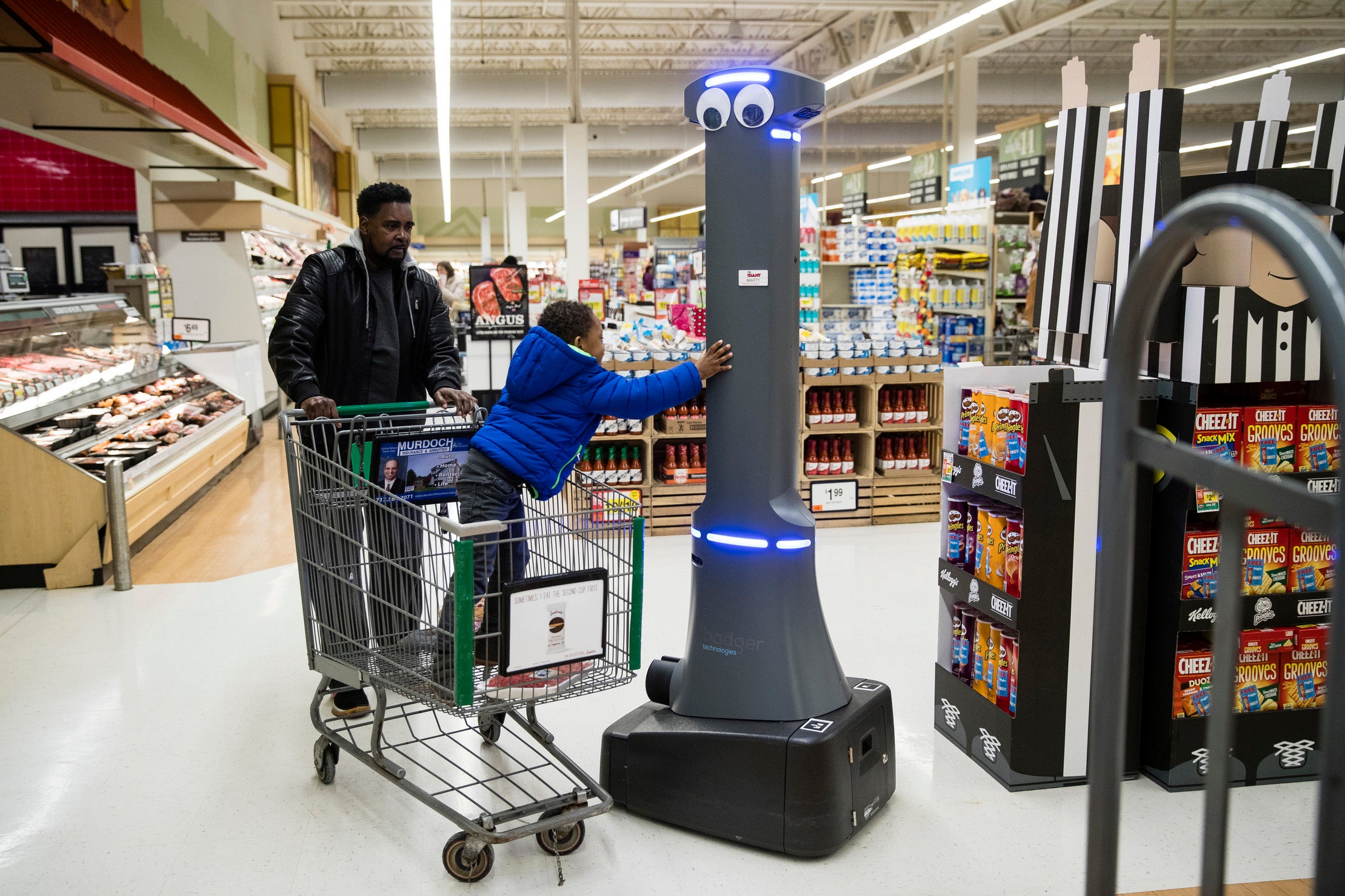
Behind every robot, or so we imagine, stands the mad scientist who created it, supported by a faceless corporation. In Capek’s play, Old Rossum is the mad scientist in the classic mould of Victor Frankenstein, who “thought only of his godless hocus-pocus”.
The name “Rossum” is taken from the Czech word rozum, which means “reason”. This is an important clue as to how Capek wanted us to understand both the origins of the robot and who it is meant to represent. Old Rossum’s son represents the new generation of capitalist monster-makers. He dreams only of his billions and the dividends for shareholders: “And on those dividends humanity will perish.”
The 1927 film Metropolis was an early descendant of Capek’s robots, complete with the mad scientist.
This pairing of mad scientist and ruthless corporation emerges from the economic system and industrial conditions (here a Marxist might say “the mode of production”) that has dominated since the Industrial Revolution. The mad scientist sets in motion the invention that will undo the human race.
But as the scientist is regarded with at least some affection – as the Promethean hero of romantic imagination – the real villain of the piece must be the ruthless corporation, which exploits the scientist’s invention and is the real force that drives humanity to ruin. The scientist is driven by narcissism and hubris, but also the desire to lift humanity. The corporation, on the other hand, acts as a remorseless empathy-vacuum, the psychopath many perceive modern corporations to be.
This pairing crops up again and again. Though Victor Frankenstein never had the benefit of Frankenstein Corp Ltd to amplify his mistakes, the corporation behind Eldon Tyrell in Ridley Scott’s Blade Runner makes him a version of Frankenstein better suited to the dystopian 20th century. In the Terminator series, Dr Miles Dyson creates a unique and powerful microprocessor, but only Cyberdyne Systems Corporation could use it to create Skynet. And Delos Inc amplifies the madness of Anthony Hopkins’s Dr Robert Ford, the creator of Westworld.
We other robots
When Alquist asks why they destroyed all the people, a robot responds: “We wanted to be like people. We wanted to become people.” A mythological history of patricide dates back thousands of years, but there is something more specific going on here with Capek’s conception of robots. One of the robots explains: “You have to kill and rule if you want to be like people. Read history! Read people’s books! You have to conquer and murder if you want to be people!”
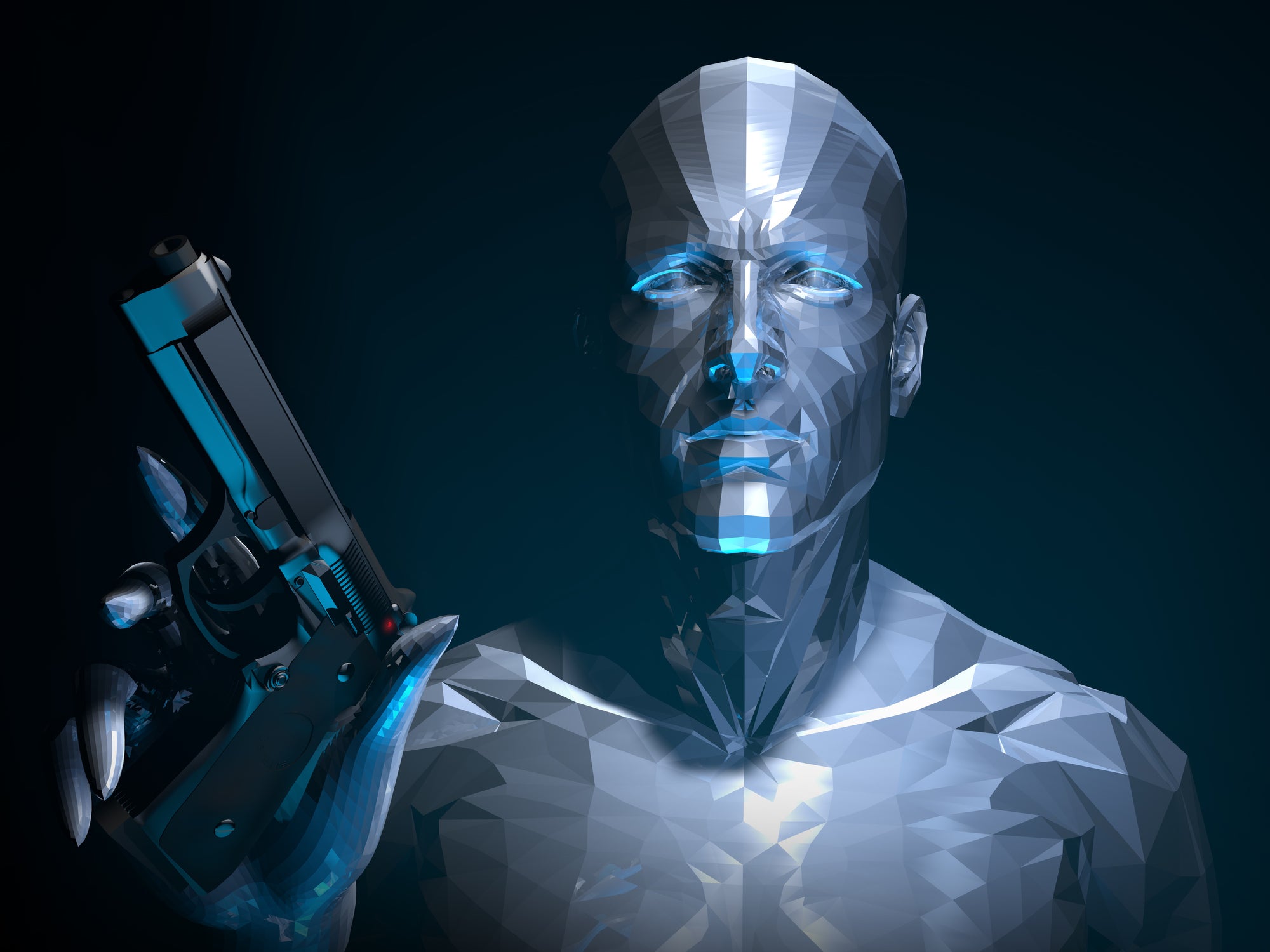
“Sentience” or “consciousness” often seem to get equated with violence, as if murderous drives and genocidal tendencies will inevitably follow if robots achieve consciousness. Like gods, or Prometheus, or Frankenstein, Rossum has made robots in our own image. And so robots are just versions of what we fear that we are, or what we are becoming. They are violent and genocidal because humans are violent and genocidal.
When, in series two of HBO’s Westworld, Bernard says that all the robots don’t need to be executed because “some of them aren’t hostile,” he is told: “Of course they are. After all, you built them to be like us, didn’t you?” Because the robots we imagine are just projections of our own worst tendencies, our robots want to oppress, dominate, and subjugate us, the way we do to others.
But this only applies to the robots of our imagination. Real robots, the ones that actually exist, have no such desires, and are not even close to being able to comprehend such drives. RUR and all of our other work about robots are just stories we tell ourselves to help us make sense of our fears. They are informative, incredibly powerful and compelling, but in the end, they are just that: stories.
We must make a clear distinction between Rossum’s creations and their descendents and the robots that actually exist in our world. We can’t start with the premise that robots will take all of our jobs – they won’t – though, echoing Capek’s character Busman, it might not be entirely a bad thing if they took some of the less interesting ones. And robots certainly won’t wake up to their inherent superiority over us and decide to wipe humanity off the face of the Earth. It simply isn’t ever going to be part of their programming, nor would autonomous robots ever suffer from the kind of anxiety and irrational hatred that motivates humans to commit genocide.
Conversations about the real-world impact of robots shouldn’t begin by holding on to the fictitious robots of our nightmares, which have no relation to the robots in reality. Which is why it’s particularly disappointing to see this happen time and again. The European Union Legal Affairs committee in 2017, for example, adopted a legal framework on robotics that started with the Three Laws found in Asimov’s stories, and cites RUR and Frankenstein. This is a testament to the power of those stories, but it is no way to start a serious conversation about how we can deal legally and ethically with robots as they exist in our world today.
One hundred years after it was first staged, we can still learn a lot from Capek’s play. It is especially useful in understanding present anxieties about the future. And understanding those fears can be useful in the conversations we have about how to build that future, because those are decisions we can – and absolutely should – make together. But we have to be careful not to let those fictional robots, and the fears that they build upon, dictate the process of shaping that future.
Michael Szollosy is a research fellow in robotics at the University of Sheffield. This article first appeared on The Conversation
Join our commenting forum
Join thought-provoking conversations, follow other Independent readers and see their replies
Comments
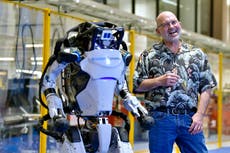


Bookmark popover
Removed from bookmarks